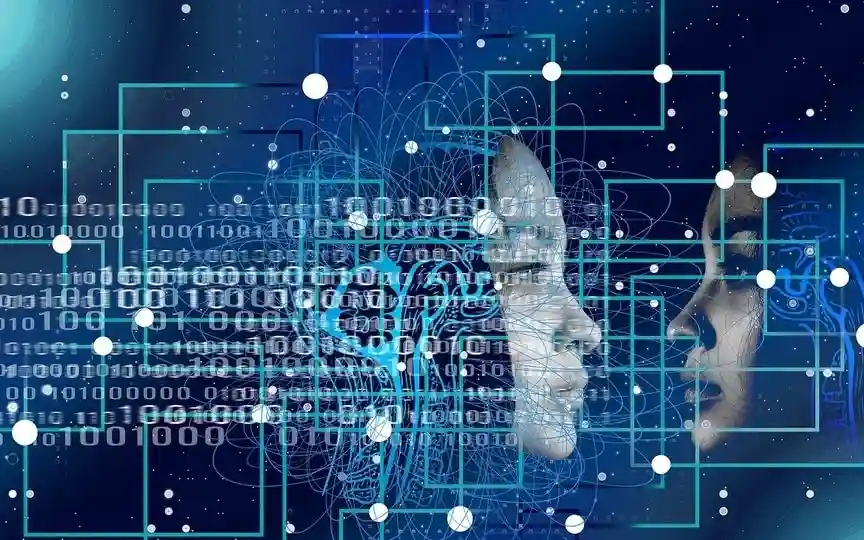5 AI developments you might have overlooked today: Introduction of first AI officer, Google stops using AI for identifying people in images, and more
The US Justice Department has named its first AI officer to address technology challenges, while Google has stopped using AI-generated images of people due to racial inaccuracies. Researchers at ITMO are using AI to speed up the synthesis of carbon nanoparticles for cancer diagnosis. A recent Adobe report shows that most Indian consumers prefer AI over human interaction. Stay updated with these and other news in our daily roundup.
1. The US Department of Justice appoints the first artificial intelligence officer to tackle the challenges of the technology
The U.S. Department of Justice appoints its first artificial intelligence officer, Princeton University’s Jonathan Mayer, as artificial intelligence poses growing challenges to federal law enforcement. Mayer, a senior science and technology advisor, guides the responsible integration of artificial intelligence into investigations and prosecutions. According to a Reuters report, the department aims to stay at the forefront of technological developments and aims to both reduce risks and take advantage of the benefits of artificial intelligence. It cites previous drug busts and the Capitol attack investigation.
2. Google freezes AI-generated images of people for racial inaccuracies
Google stops creating human images for Gemini, its artificial intelligence model, after criticism over racial inaccuracies. The company acknowledges the issues and plans to release an improved version. The move reflects Google’s increased focus on AI amid competition and concerns about potential deep-seated fakes, misinformation and bias. According to a Bloomberg report, critics highlighted the historical inaccuracies of Gemini’s images, which led to the temporary halt.
3. ITMO researchers use artificial intelligence to accelerate carbon nanoparticle synthesis in cancer diagnosis
ITMO researchers use artificial intelligence to predict the properties of carbon nanoparticles for biomedical purposes and to streamline their synthesis. The machine learning algorithm takes input parameters such as precursors, synthesis conditions and outputs optical properties such as absorption and photoluminescence peaks. By automating this process, researchers can speed up the creation of carbon nanoparticles with targeted optical properties for cancer diagnostics and therapy, providing a more efficient alternative to traditional trial-and-error methods, India EducationDiary reported.
4. Majority of Indian consumers prefer AI over human interaction, Adobe report reveals
According to Adobe’s State of Digital Customer Experience, 57 percent of Indian consumers prefer AI tools for a better customer experience, surpassing global and APAC averages. However, in complex tasks, interaction between people is preferable. Only 15 percent of Indian brands use generative AI, lagging behind the global average. Still, 53 percent are looking to improve creative AI capabilities, and 76 percent plan to integrate in the next year, reflecting a shift toward adopting AI for personalized experiences, The Hindu reported.
5. Nokia and Nvidia collaborate to add artificial intelligence to telecommunications networks
Nokia is collaborating with Nvidia to integrate artificial intelligence into the radio access network (RAN), advancing the future of the telecom industry. The collaboration focuses on Cloud RAN solutions by combining Nvidia’s Grace CPU Superchips and GPUs with Nokia’s In-Line accelerator technology and Cloud RAN software. The goal of Nokia’s anyRAN approach is to simplify the implementation of the Cloud RAN service, emphasizing openness and flexibility. The collaboration highlights the transformative role of artificial intelligence in telecommunications, which aims to improve performance and efficiency, Techradar reports.




